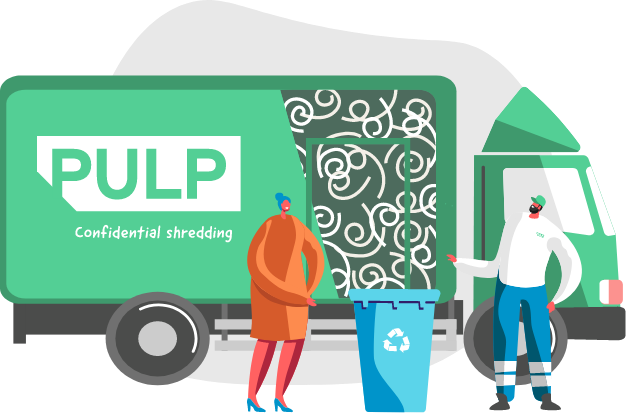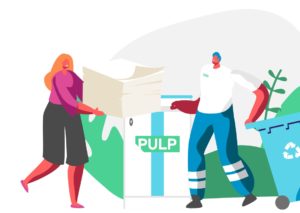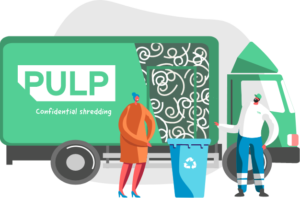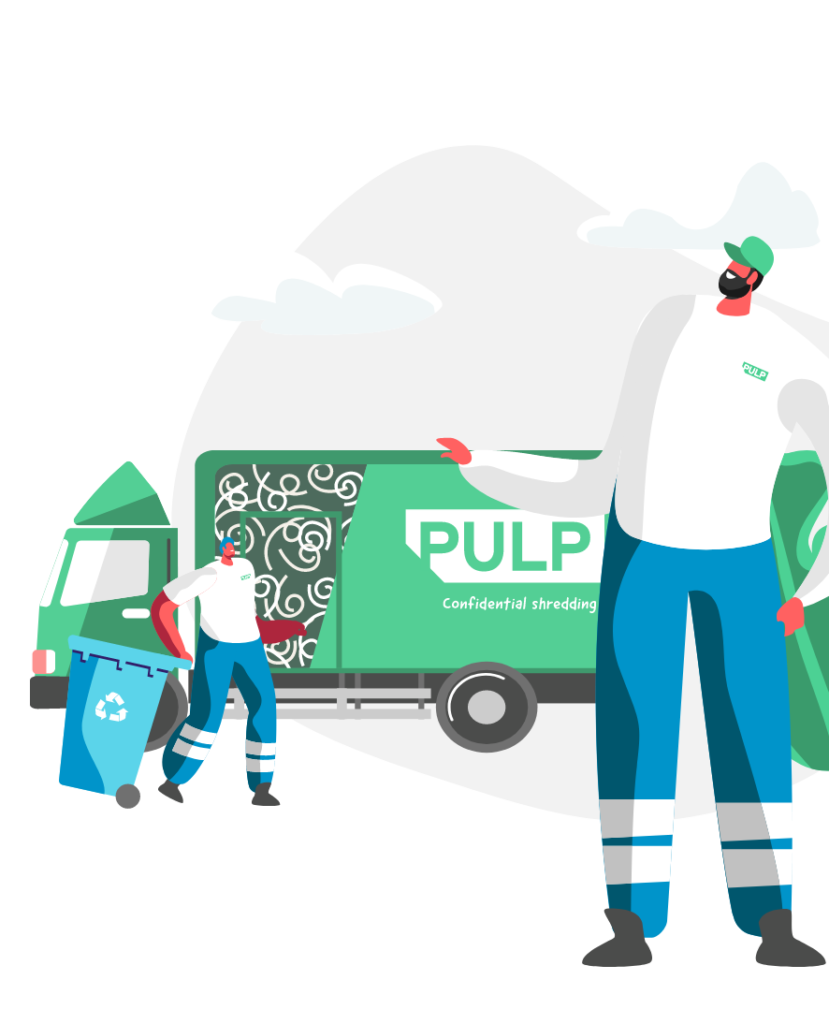Supermarkets run on information. Till reports, refund paperwork, supplier dockets, and staff files move through the back office every day. Devices do too. POS terminals get upgraded. Laptops are replaced. Handheld scanners retire. All of that material has a quiet but serious risk: it can expose personal data if it isn’t destroyed the right way.
Onsite destruction fixes that risk at source. Destruction happens at your store, in one visit, with clear paperwork the moment it’s done. No intact material leaves the premises. No waiting. No guesswork.
Why supermarkets need a stricter end-of-life plan
A single box of old Z-reads can map out weeks of payments. An outdated returns log can list names, emails, and card fragments. HR files may hold addresses and PPS numbers. Add devices into the mix, POS bases, desktops, tablets, external drives, USB sticks, even CCTV storage, and you have multiple paths for data to leak.
Under GDPR, disposal matters as much as collection. You must be able to show that confidential material is handled securely from creation to destruction. That’s the point of a consistent, witnessed process and a Certificate of Destruction you can file for audits.
Why onsite destruction fits supermarket operations
Stores are busy. Loading bays fill up. Staff rotate. Moves to offsite facilities introduce transport risk and extra handling. Onsite avoids all that. A mobile shredding truck arrives at an agreed time. Materials go straight from secure containers to the shredder on the vehicle. For devices and media, physical destruction happens at your store so data is irrecoverable.
For multi-site groups, onsite scales neatly. Add it to regular routes for high-volume locations. Use one-off visits for refits, POS rollouts, or end-of-year file culls. Either way, you get fast clearance and a clean audit trail.
Onsite paper shredding: how it works in your store
The day-to-day flow is simple. Secure collection containers sit in the back office so staff can post paperwork as they go. There’s no need to strip staples, clips, or plastic wallets. On the agreed date, the mobile truck pulls in and a trained, Garda vetted crew checks access and safety. Paper moves in sealed containers to the truck. Cross-cut shredding happens immediately.
You receive a Certificate of Destruction before the truck leaves. Shredded fibre is then routed for recycling through approved channels.
Onsite IT & media destruction: what to expect
Devices carry more than files. They carry risk. Retired POS terminals, desktops, laptops, tablets, scanners, loose HDDs and SSDs, external drives, USB sticks, CDs/DVDs, and CCTV media can all hold personal data long after they’re powered down.
Onsite IT destruction brings certainty to that end-of-life step. Items are staged in a secure handover area. Physical destruction takes place on your premises so data can’t be recovered. You receive destruction paperwork for your records, and remaining materials move on via compliant WEEE routes.
How we prove it: our certifications & permits
We know auditors and head office want proof, not promises. We’re certified to ISO 9001:2015 and EN 15713, hold NAID AAA certification, and are members of i-SIGMA. We also operate under a Waste Collection Permit and carry the right insurance. After every visit we issue Certificates of Destruction, giving you a clear audit trail for GDPR (lawful disposal and accountability).
A quick housekeeping tip: create a shared “Destruction” folder (digital or physical). File Certificates of Destruction by date and store. Add a short note on what was cleared, paper, IT, or both. Tie it to your retention schedule so everything is in one place if you face a spot check.
What your team will notice after the first visit
Back offices breathe again. That stack of old reports and retired kit disappears, and the space is decluttered, and usable again. Managers gain confidence because there’s a certificate in hand. The visit itself doesn’t derail the day; it slots around deliveries and shift changes. Once you run a pilot, it settles into a routine.
Here’s a light checklist you can run monthly or quarterly to keep momentum without cluttering your process:
- Move paperwork past retention into the console.
- Retire old planograms and promo packs once they’re finished.
- Stage POS bases, handhelds, laptops, and loose drives in one secure spot for destruction.
- Before the truck arrives, confirm the parking point and who will sign the certificate.
Security first, recycling as standard
Recycling matters. So does privacy. With onsite paper shredding, you get both: immediate destruction first, then fibre recovery through approved mills. For devices and media, materials move onward through compliant WEEE channels after destruction. That order of operations keeps data protection front and centre while still reducing waste.
Nationwide support, one point of contact
Whether you run a single supermarket in Cork or a regional group, having one provider across Ireland makes life easier. You get the same process, same paperwork, and people who know the parking spots and the right names at each store.
Ready to get started? A quick call or email is enough to schedule the first collection.





